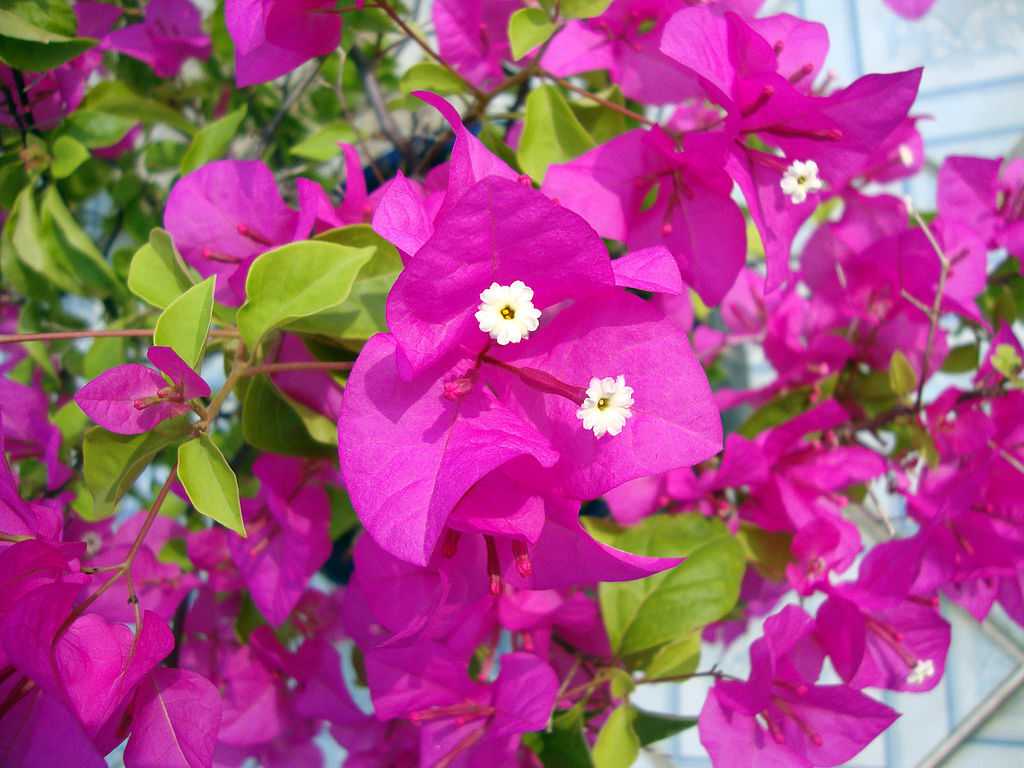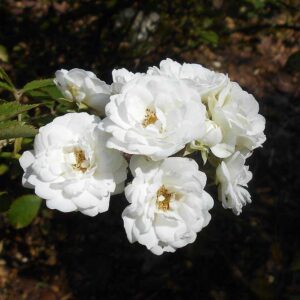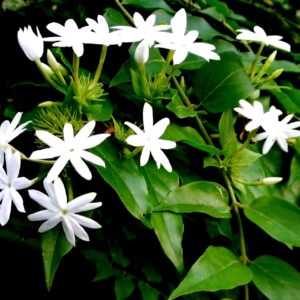Introduction
The paper flower plant, scientifically known as Bougainvillea Spectabilis, is a species of flowering plant that is native to South America, specifically Brazil, Peru, and Argentina. It is a vigorous, woody vine that can grow up to 30 feet tall and 15 feet wide.
Bougainvillea is called as paper flower plant because of its thin, delicate bracts that resemble paper. The bracts of the Bougainvillea plant are not true flowers, but rather modified leaves that are often mistaken for flowers due to their bright colors and petal-like appearance.
The bracts are usually small, white, or yellow flowers surrounded by three or six larger, brightly colored bracts. The bracts can range in color from pink, red, purple, white, orange, and yellow, and are often used in landscaping and floral arrangements due to their striking appearance.
Click on the headings to read more!
Benefits
Paper flower plant has several potential benefits, both for human health and for the environment. Some of these benefits include:
Ornamental value:
Bougainvillea is a popular ornamental plant due to its vibrant, showy flowers and relatively low maintenance requirements. It is often used in landscaping and is also commonly grown in containers, making it a popular choice for patio and balcony gardens.
Medicinal properties:
Some traditional medicinal systems use this plant to treat several health conditions, including inflammation, fever, and respiratory infections. However, more research is needed to fully understand the potential health benefits of this plant.
Pollinator habitat:
Bougainvillea can attract a variety of pollinators, including bees, butterflies, and hummingbirds, providing an important habitat for these important species.
Soil erosion control:
The vigorous growth habit of this plant can help control soil erosion in areas with steep slopes or other erosion-prone areas.
Drought tolerance:
Bougainvillea is relatively drought-tolerant, making it a good choice for areas with limited water resources or in times of drought.
Plant Care
Paper flower plants are relatively low maintenance, but they do require some care to thrive. Here are some suggestions for taking care of your plants.
Light:
Bougainvillea plants require full sun to bloom well. Make sure to plant them in a location that receives at least 6 hours of direct sunlight per day.
Soil:
Bougainvillea plants prefer well-draining soil. If planting in a container, use a potting mix that contains perlite or sand to improve drainage.
Water:
Bougainvillea plants prefer to be kept on the dry side, so be careful not to overwater. It is advisable to let the soil dry out a bit in between watering sessions.
Fertilizer:
Paper flower plants benefit from regular fertilization during the growing season. Apply a well-balanced fertilizer that can dissolve in water every 4-6 weeks.
Pruning:
Regular pruning is important for Bougainvillea plants to maintain their shape and encourage new growth. Prune after each bloom cycle or as needed to remove dead or damaged growth.
Pest and disease control:
Bougainvillea plants are generally resistant to pests and diseases, but they can be susceptible to mealybugs and aphids. To manage infestations, you can utilize insecticidal soap or neem oil.
Winter care:
Bougainvillea plants are sensitive to cold temperatures and should be protected during the winter months in colder climates. If growing in a container, move indoors or to a protected area. If planted in the ground, cover it with a frost cloth or blanket during freezes.
Propagation
Paper flower plants can be propagated through stem cuttings, layering, or air layering. Here are some basic steps for each propagation method:
Stem cuttings:
Take 6- to 8-inch stem cuttings from a healthy Bougainvillea plant. Remove the lower leaves and dip the cut end in the rooting hormone. Plant the cutting in a well-draining soil mixture and keep it moist. Place the cutting in a warm, bright location and mist it regularly to keep the humidity high. Once roots have formed and new growth appears, transplant the cutting into a larger pot or in the ground.
Layering:
Choose a low-growing stem on a healthy Bougainvillea plant and bend it to the ground. Use a garden stake or stone to hold the stem in place. Cover the stem with soil and keep it moist. After a few weeks, roots will form at the point of contact with the soil. Cut the stem from the parent plant and transplant the new plant into a larger pot or in the ground.
Air layering:
Choose a healthy stem on a Bougainvillea plant and cut halfway through the stem. Dust the cut with rooting hormone and wrap the cut area with sphagnum moss. Cover the moss with plastic wrap and secure the ends with tape. Keep the moss moist and in a bright, warm location. After a few weeks, roots will form at the point of the cut. Cut the stem from the parent plant and transplant the new plant into a larger pot or in the ground.



